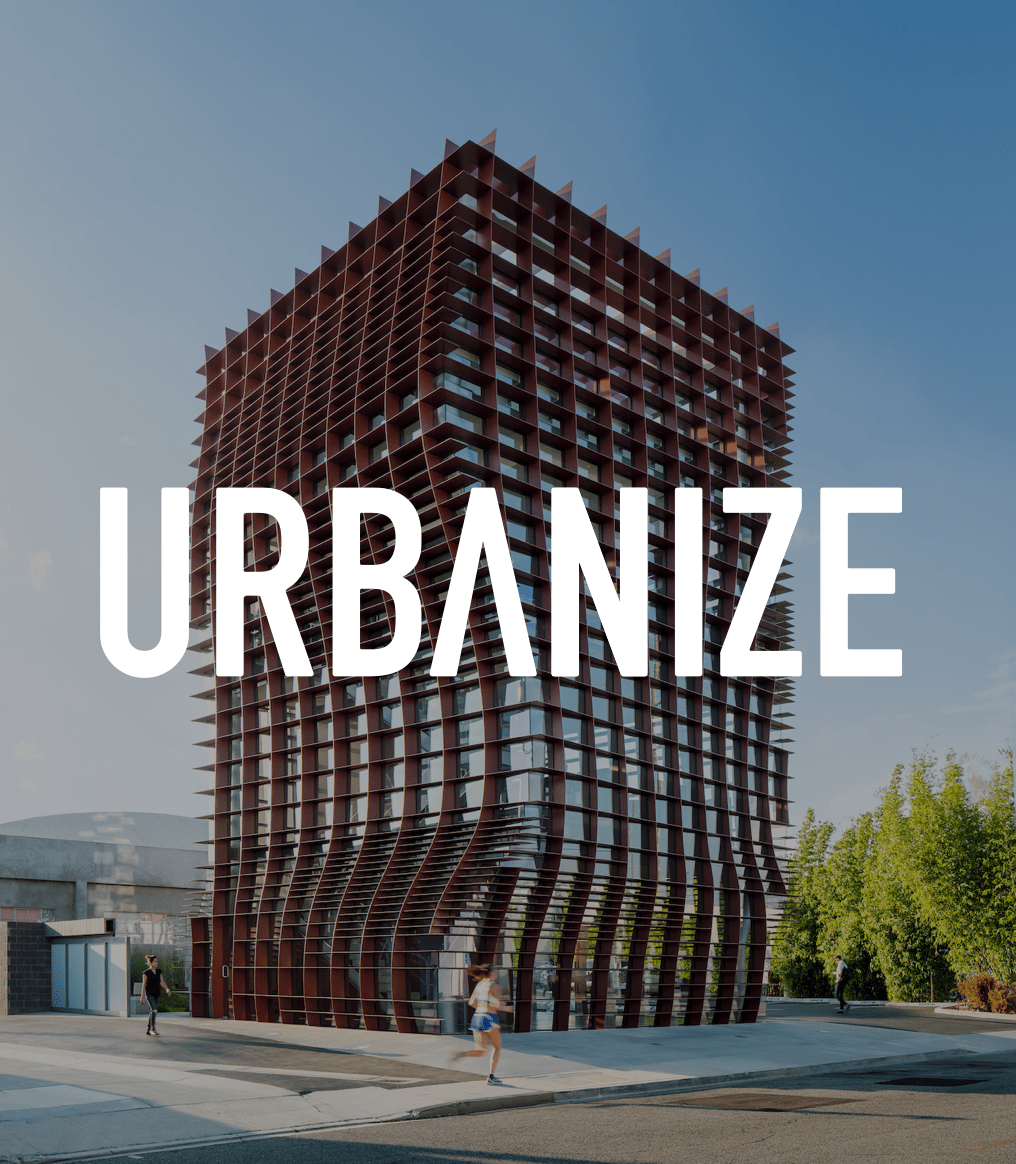Ontario’s newest pro-development legislation, Bill 17, the Protect Ontario by Building Faster and Smarter Act, 2025, was tabled by the Ford administration on May 12, 2025, and officially became law on June 5, 2025, when it received Royal Assent. The Province’s aim with this legislation is to streamline housing and infrastructure development by proposing major updates to the Development Charges Act, Planning Act, and Building Code. Among many material changes, it allows residential Development Charges to be deferred until building occupancy, with no interest; caps exclusionary zoning (i.e., affordable housing) requirements; and prohibits municipal by-laws from exceeding provincial standards, all to make new housing less expensive to develop and quicker to build.
As with any new major legislation (and there have been a lot of new laws related to development in Ontario over the past few years), the impact of Bill 17 will be wide and deep. Municipal bureaucrats, landowners, and industry service providers that advance projects are hard at work trying to understand the many implications.
Randy Gladman, a Toronto-based developer and national lead of Colliers Strategy & Consulting’s Development Advisory practice, recently sat down with David Bronskill, Partner in the Municipal and Land Development Group at Goodmans LLP, to discuss this new, major legislation and what real-life effects David believes it will have in helping get housing development in Ontario going again.
Randy Gladman:
Bill 17 allows for the deferral of Development Charge (DC) payments until occupancy for various residential developments and eliminates certain interest payments. This is something developers have been demanding for years; the existing requirement for DCs to be paid at permit issuance creates a huge additional cost that must eventually be borne by the end users. Municipalities will say this impairs their ability to fund infrastructure upfront without immediate DC revenue. The Bill also enables municipalities to amend DC by-laws to reduce charges without the typical extensive process. How do you think municipalities are going to respond to these realities? Will they resist and seek to approve by-laws and policies that somehow avoid these new requirements? Will the new rules around DCs have the intended effect of encouraging the development of more affordable housing, or will government revenue shortfalls trigger other resistance to building starts?
David Bronskill:
Absent broader taxation powers, municipalities are limited in their ability to generate revenue necessary to fund infrastructure associated with growth. However, it is also a historic policy choice that growth should pay for growth, with some limited ability to attribute costs of certain infrastructure as benefiting existing residents. Some of these provisions may not reduce the overall amount of development charges, but will enable deferral of DC payments without interest. In my experience, in intensification areas, infrastructure associated with growth is often funded concurrent with development or even after, with some municipalities having significant DC reserves. Deferral of DCs shouldn’t impact the overall cash flow for municipalities, but simply the timing for when the funds are expended.
In terms of affordable housing, the provisions should help encourage affordable housing through partnerships between developers and existing non-profit housing providers, but it is likely that additional government involvement will be required to secure meaningful construction of affordable housing.
RG:
Bill 17 expands the definition of what makes a project a “Transit Oriented Community” and removes certain approval requirements in TOC areas to accelerate development. In perhaps the most controversial aspect of this new legislation, Bill 17 also restricts municipalities from requiring more than 5% of units in a development from meeting the definition of “affordable housing”. This will likely have implications for “Major Transit Station Areas” policies in cities like Toronto and Mississauga, and affect the much-delayed approval of specific policies in those zones. Do you believe these policies will have the intended stimulating effect or will they cause even more confusion? What does this do to the already confused and complicated planning context in these transit-rich areas? While this seems pro-development in the longer term, does all development in transit nodes remain stuck pending the release of the implementing regulations and municipalities’ response to these new realities?
DB:
The Regulation limiting Inclusionary Zoning (aka affordable housing) set aside rates to 5%, with units secured for a maximum of 25 years, will provide greater certainty for economic planning. However, and unrelated to this Regulation, considerable uncertainty remains within these Protected Major Transit Station Areas regarding both the height and density that can be achieved. Some municipalities are capping heights and densities within Protected Major Transit Station Areas and attempting to reply on non-appeal provisions in the Planning Act. Further, the current transition trigger in Toronto is based on approval of PMTSA OPAs by the Minister and there is no certainty yet on when that might occur. More certainty could be achieved by setting meaningful minimum heights and densities, removing caps on maximums, and confirming when these PMTSAs will be approved.
RG:
Municipalities will now have to obtain formal Ministerial approval before amending official plan policies related to complete application requirements. This seems a provincial effort to head off the way municipalities in the past sought to navigate around new requirements in Bills put forward by the province they don’t like. How might this shift in authority affect the autonomy of municipalities like Toronto in tailoring planning processes to local needs? Do you think this kind of centralization will lead to more streamlined approvals or result in even worse conflicts between provincial and municipal priorities? The Bill also proposes that certain studies and reports required for development applications be standardized, limiting municipalities from imposing additional requirements. What are the benefits and drawbacks of this effort at unifying applications across the province? Does this lead to a more predictable process or overlook unique local considerations?
DB:
The potential limitations on complete application requirements are confusing. It appears that municipalities will not be able to question the content of reports prepared by certain professionals, while other application materials may not be required for an application to be deemed complete. This raises two important questions. First, what will be the standard to determine such professionals? It is easier when there is a clear regulatory body, but it may be murkier when there is no clear regulatory body. Second, there is a difference between an application being deemed complete and an application being approved, especially when there are policy tests for matters related to wind and shadow, among other matters. While a shadow study (as one example) may not be required for an application to be deemed complete, a review of shadow impacts may be required for the application to be assessed for conformity with applicable policies, meaning that the shadow study may still be necessary.
Certainty regarding submission requirements is welcome, especially when there is debate about the content of a report or study. Debates about the content should not prevent an application from being deemed complete. However, we should ensure that we are not eliminating review of important planning matters in the interest of efficiency. I suspect that local considerations will still be important when planning policies require review of such local considerations.
RG:
The entire goal of this Bill is to expedite the construction of market and affordable housing. Do you believe the measures introduced in Bill 17 will significantly reduce development timelines and costs for multifamily housing projects? Is there potential for Bill 17 to be more impactful than previous legislation efforts by this provincial government (like Bill 23) or will we see it wind up being controversial? What factors could influence the effectiveness of these new measures?
DB:
I don’t believe that Bill 17 will significantly reduce development timelines for private applications. It will likely make it easier to submit a complete application, but that doesn’t necessarily translate into timelier approval, especially if it leads to applications submitted without material related to applicable policy tests. However, there is potential for more timely approval of Transit Oriented Communities or the use of Minister’s Zoning Orders with appropriate conditions to enable implementation. Bill 17 does have the potential for positive impact on development economics. Interest-free deferral of DCs could help certain projects, although an overall reduction in DC rates would have a larger impact.
...
For more information, you can read Bill 17 in its entirety here.
Goodmans LLP’s summary of the legislation can be found here.






